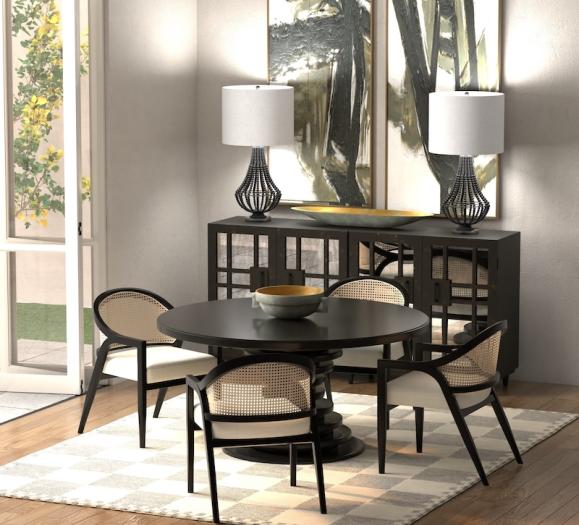If you own a small business, you likely have a pretty solid understanding of who your customers are. But if you want to formalize the process of understanding your ideal customer (and the potential gaps between your target customer and actual customer), you can create a buyer persona, or a profile of your ideal customer. Creating a buyer persona is foundational to how you conduct your business and your digital marketing efforts. If you want your marketing campaigns to succeed and your products to sell, you need to first understand who exactly you’re aiming to reach. Here are three steps to creating a buyer persona.
1. Research
As is the case with most things, the first step to creating a buyer persona is doing your research. That research can be a combination of anecdotal observations, consumer data and interviews or surveys of your customers. Review your email list to see how people are engaging with your content, get a sense of who is engaging with your social media posts and pay close attention to who is coming into your store.
When doing this research, you want to have a clear set of questions in mind that you’re trying to answer so you can identify common traits of your buyer persona(s). Key characteristics you want to define for your personas include:
- Their background — are they married, single, do they have kids? About how old are they?
- Job, role, industry and income level
- How they shop — mostly online, in-store? What do they look for in a shopping experience?
- What a typical day looks like for them
- Their pain points and challenges — ask how you can help to alleviate them
- Their goals
2. Build your personas
As you collect more research, start putting together profiles of buyer personas. You will likely have more than one, depending on your product offering and the nature of your business. One persona might be a middle-class mom of two while another is a busy interior designer who shops your store for projects.
If you’re overwhelmed by all the research you’ve accumulated and aren’t sure about where to begin with building your buyer persona, go with your gut and start building them based off your hunches and customer interactions. Especially if you’re on the showroom floor of your business, you already have a sense of who your customers are. For help with organizing your personas, HubSpot offers a great, free persona template tool as a guide.
3. Update your personas
Buyer personas are not meant to be static — just as your business evolves, so do your customers. Continue gathering research on an ongoing basis to make sure your personas stay fresh and true to your business. If you have any major changes, like a move or a shift in product offerings, that would be a good time to re-evaluate who your customers are. Finally, it’s important that you share your findings with your sales staff and anyone involved in marketing so everyone is on the same page.
Eighty-eight percent of consumers say personally relevant branded content positively influences how they feel about a brand, according to Onespot. As people want more personalized communication and shopping experiences from brands, businesses need to be thinking more about who exactly their customers are.
With strong, well-researched buyer personas at your disposal, you’ll be equipped to reach your audience effectively. How do you get a sense of your ideal customer? Let us know in the comments!
Photo: Pixabay







